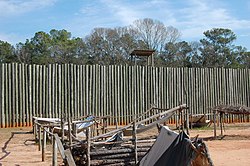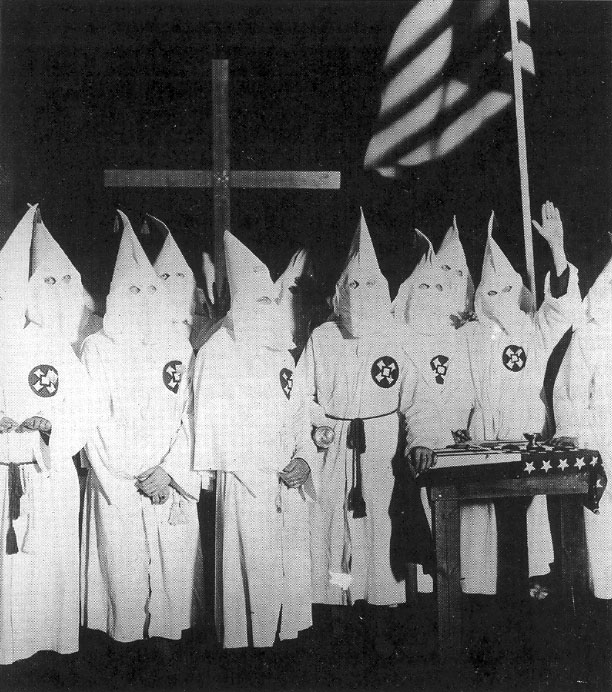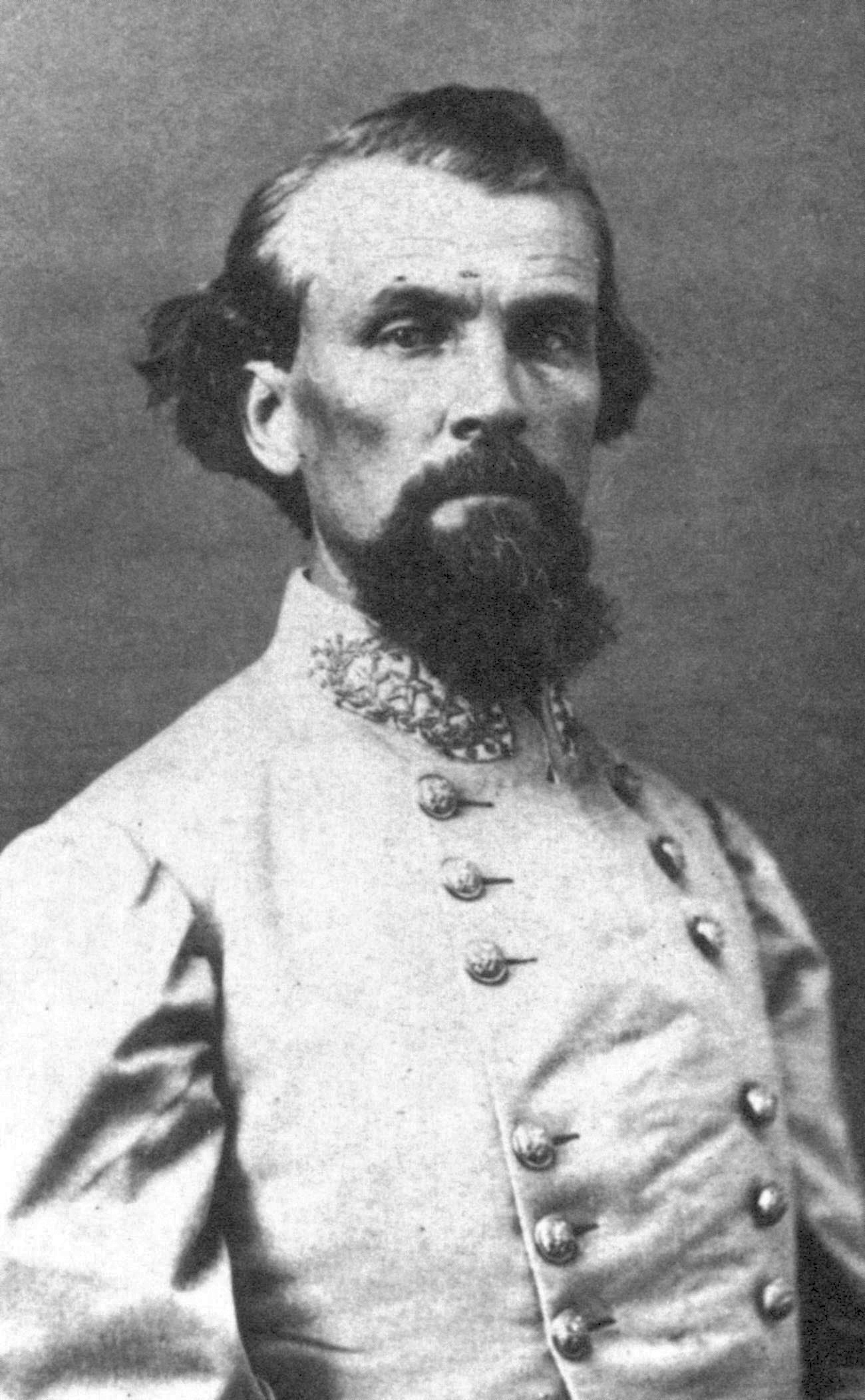Andersonville Prison was a Confederate prisoner-of-war camp. Located in present day Macon County, Georgia, the prison was opened in February of 1864. During the war, Andersonville received over 45,000 Union soldiers, and around 13,000 of them died due to various diseases. Diseases included things such as diarrhea, malnutrition, and starvation. Plus, the fact that the camp was jam packed and about as sanitary as a junkyard didn't help. Escaping the camp was completely out of the question. The "dead line" was the name given to a light fence inside the stockade wall. If a Confederate soldier saw a prisoner cross the "dead line" they would be shot, no questions asked. The camp was later closed in May of 1865. Today, Andersonville Prison is now Andersonvill National Historic Site and Andersonville National Cemetery.
 |
| Andersonville National Cemetery |
|
|
|
 |
| Reconstruction of the stockade wall. |












